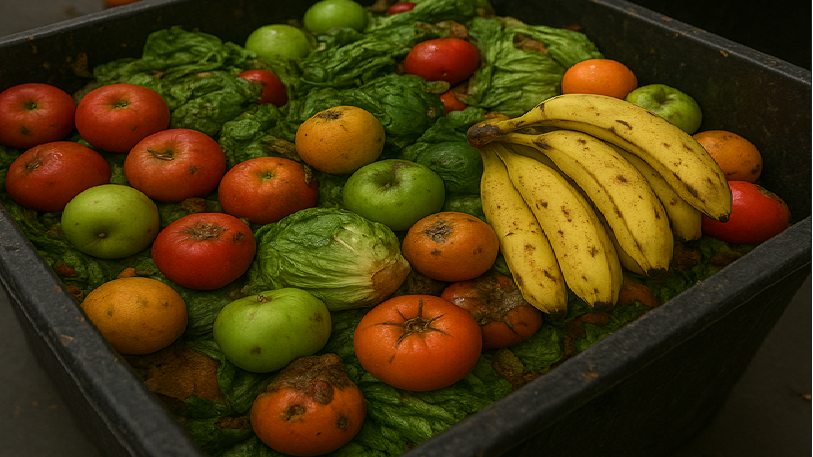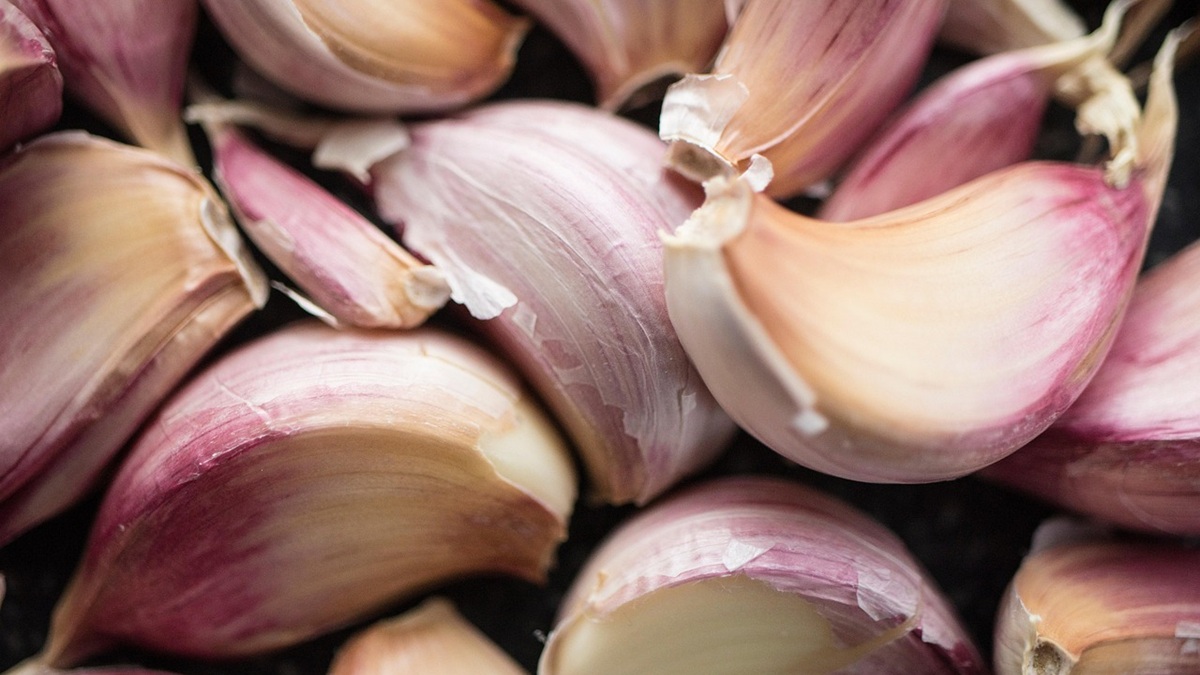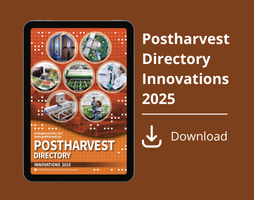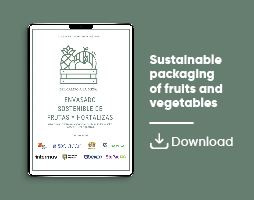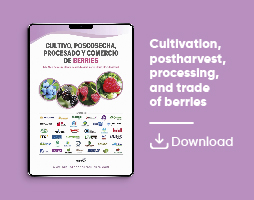Actualidad
Spanish scientists discover a novel strategy for the control of Botrytis cinerea
Biotechnological breakthrough to reduce losses and improve post-harvest management in fruits like tomato and apple
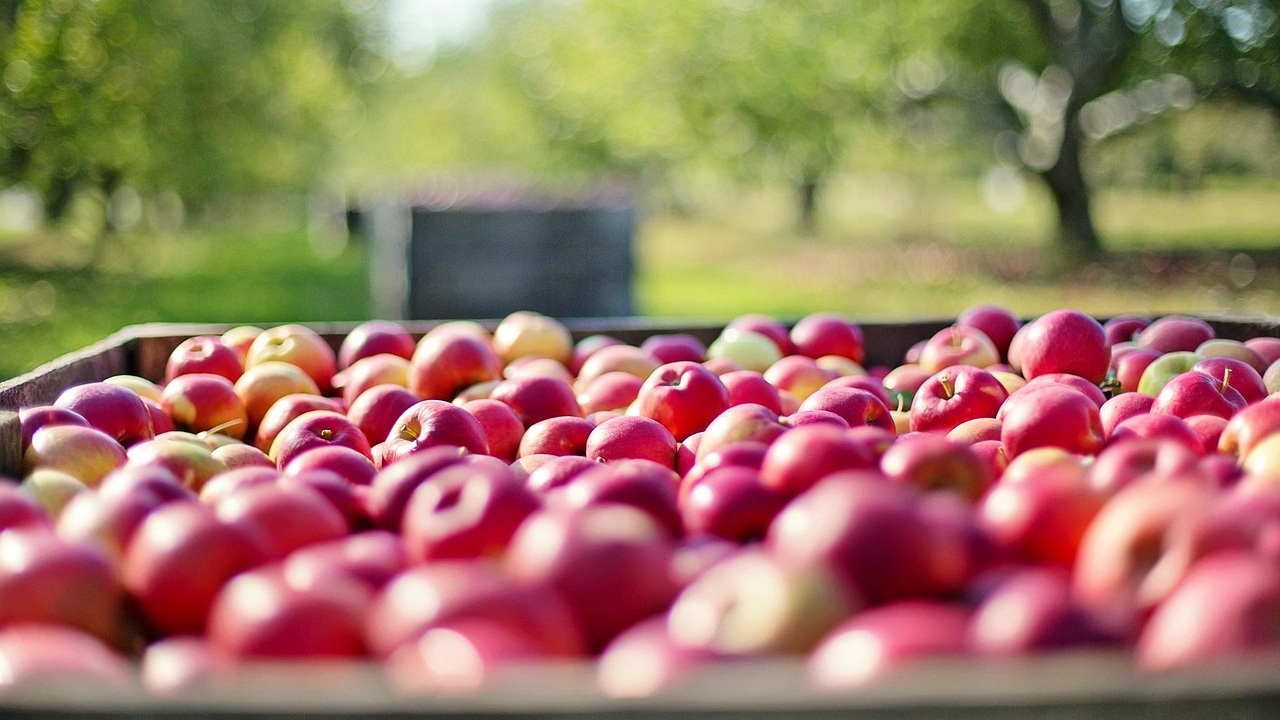
A study was carried out by a team of researchers from the Department of Microbiology, Faculty of Sciences, at the University of Málaga, in collaboration with the 'La Mayora' Subtropical and Mediterranean Horticulture Institute and the Aptamer Group of the Ramón y Cajal Institute (IRYCIS) in Madrid, on the control of Botrytis cinerea, a necrotrophic fungus responsible for the disease known as gray mold. This fungus represents one of the biggest threats to worldwide crop production, as it affects numerous plant species, causing significant losses both before and after harvest.
Current strategies for controlling this fungus are mainly based on the use of chemical fungicides, but their widespread use has led to the appearance of multi-resistant strains in some cases, making it essential to find more sustainable alternatives.
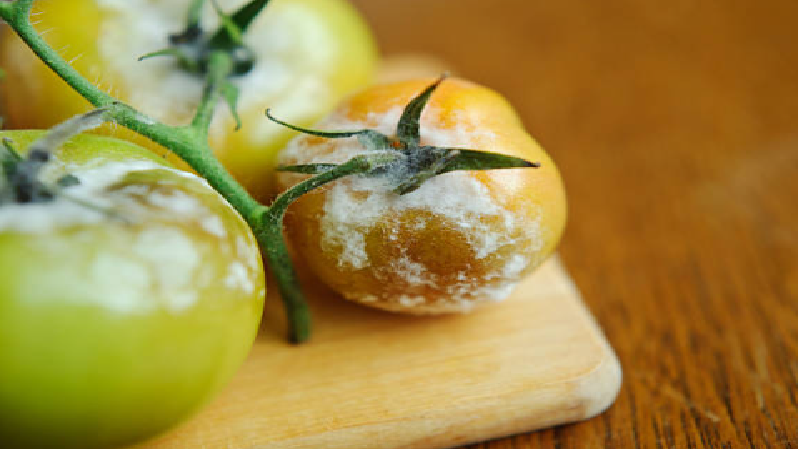
Innovation with DNA aptamers
The study presents a crucial innovation in crop protection through the use of DNA aptamers, antibody-like molecules, to sustainably combat gray mold. The development of this study used SELEX (Systematic Evolution of Ligands by Exponential Enrichment).
For this study, the researchers designed two aptamers, SOD9.14F and SOD9.26F, to target the BcSOD1 enzyme, which is crucial for controlling the fungus's virulence.
Important results for the post-harvest sector
The aptamers SOD9.14F and SOD9.26F demonstrated high efficacy in reducing the development of gray mold in fruits. In tomato leaves and apple fruit infected with Botrytis cinerea, the application of the aptamers reduced lesion formation by up to 42%, while in specific trials with apple fruit, the necrotic area decreased by up to 45% with a 200μM aptamer solution.
The aptamers SOD9.14F and SOD9.26F target BcSOD1, a key enzyme in the antioxidant defense pathway of B. cinerea, thereby reducing pathogenicity and virulence. The application of the DNA aptamers significantly reduces the development of post-harvest disease in tomato leaves and apple fruit.
As can be observed in the graph in the image you provided, the untreated samples show a larger affected area by the fungus, while the use of aptamers SOD9.14F and SOD9.26F, and even the chemical fungicide Fludioxonil, results in a significant reduction of this area. The graph also shows that the protective effect increases considerably when the applied treatment dose is increased.
In addition to reducing lesions, a significant reduction in fungal biomass was observed in the treated tomato leaves, confirming the effectiveness of the aptamers as antifungal agents. In the other graph in the image, it is clearly seen how the untreated samples (water) present a higher amount of fungal biomass, while the application of the aptamers and the chemical fungicide at different doses drastically reduces the biomass, which underscores the efficacy of the treatment.
Conclusions
The findings of this study demonstrate the potential of DNA aptamers as a specific, effective, and sustainable tool for the integrated management of gray mold in agriculture. By inhibiting the development of the fungus and, at the same time, enhancing plant immunity, these dual-action agents offer a promising solution for combating Botrytis cinerea.
This is of vital importance in the post-harvest process, as the reduction of losses caused by this pathogen directly translates into lower costs and improved profitability for the sector, ensuring greater quality and availability of products for the consumer. Therefore, professional advice is essential for selecting the most appropriate treatment against pests like the one that causes Botrytis cinerea, guaranteeing the effectiveness and sustainability of the strategies applied.
References
López-Laguna, A., Polonio, Á., Jiménez-Castro, L., Morales, Y., Vielba-Fernández, A., Martin, M. E., González, V. M., de Vicente, A., Pérez-García, A., & Fernández-Ortuño, D. (2025). DNA Aptamers Targeting BcSOD1: A Novel Strategy for Controlling Botrytis cinerea in Sustainable Agriculture. Plant Biotechnology Journal.
Image
https://doi.org/10.1111/pbi.70317 Acces 23/09/2025


